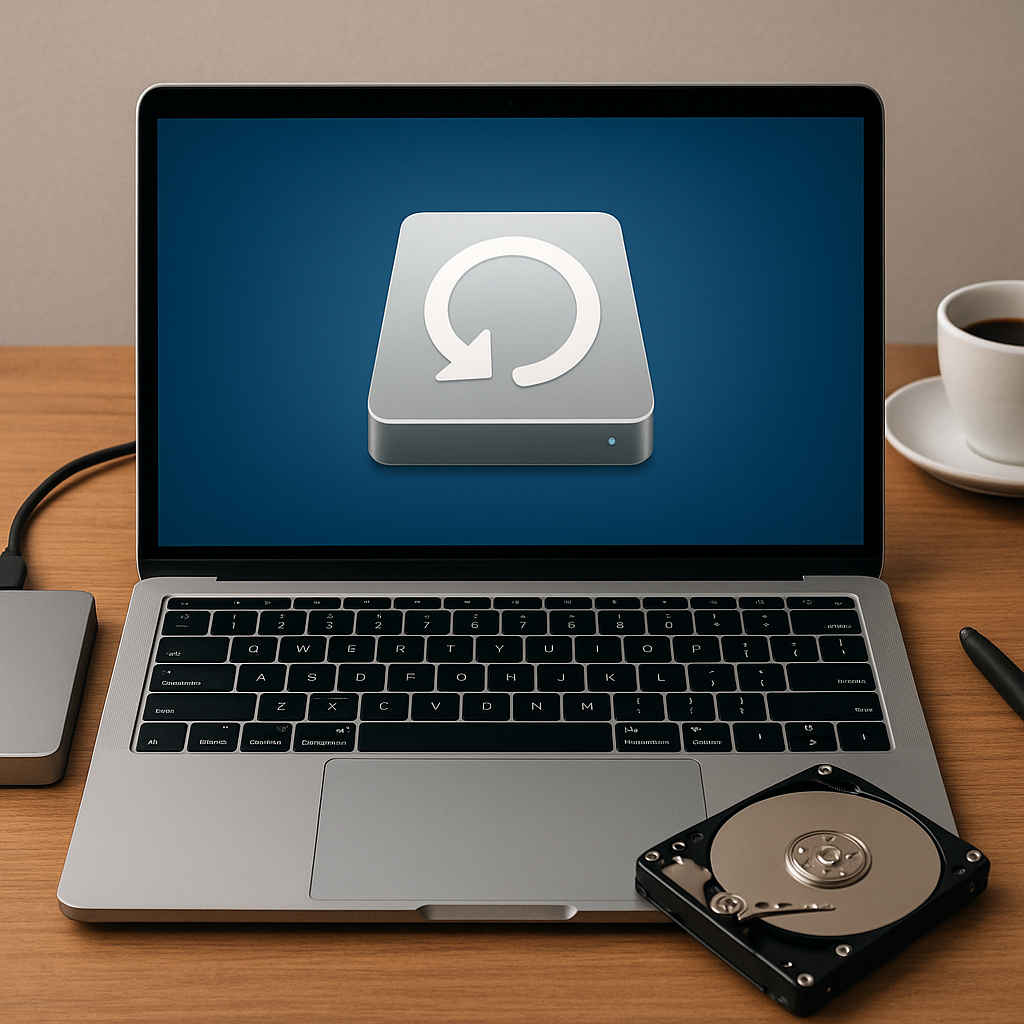When your hard drive is not detected, it can be a stressful and frustrating experience. However, there are several recovery options available that can help you retrieve your valuable data. This article will explore the various methods and software tools that can assist you in recovering data from an undetected hard drive.
Understanding the Problem: Why Your Hard Drive Is Not Detected
Before diving into recovery options, it is essential to understand why your hard drive might not be detected. There are several reasons for this issue, ranging from hardware failures to software glitches. Common causes include:
- Physical Damage: Hard drives are delicate devices, and physical damage can render them undetectable. This could be due to drops, impacts, or exposure to extreme temperatures.
- Connection Issues: Loose or damaged cables can prevent your computer from recognizing the hard drive. Ensure all connections are secure and intact.
- Firmware Corruption: The firmware on your hard drive controls its operations. If it becomes corrupted, the drive may not be detected.
- Driver Problems: Outdated or corrupted drivers can also cause detection issues. Updating or reinstalling drivers can sometimes resolve the problem.
- File System Errors: Corrupted file systems can make the hard drive unreadable. This often requires specialized software to fix.
Initial Troubleshooting Steps
Before resorting to recovery software, there are a few initial troubleshooting steps you can take to try and resolve the issue:
Check Connections
Ensure that all cables connecting the hard drive to your computer are secure and undamaged. If possible, try using different cables or ports to rule out connection issues.
Update Drivers
Outdated or corrupted drivers can prevent your hard drive from being detected. Visit the manufacturer’s website to download and install the latest drivers for your hard drive.
Check BIOS/UEFI Settings
Sometimes, the hard drive may be disabled in the BIOS/UEFI settings. Restart your computer and enter the BIOS/UEFI setup to ensure the hard drive is enabled and properly configured.
Test on Another Computer
If possible, connect the hard drive to another computer to see if it is detected. This can help determine if the issue is with the hard drive itself or your computer.
Recovery Software Options
If the initial troubleshooting steps do not resolve the issue, it may be time to consider using recovery software. There are several reliable tools available that can help you recover data from an undetected hard drive.
Recuva
Recuva is a popular data recovery tool developed by Piriform. It is known for its user-friendly interface and powerful recovery capabilities. Recuva can recover files from damaged or formatted drives and supports a wide range of file types.
- Features: Deep scan mode, secure overwrite, and support for various file systems.
- Pros: Easy to use, free version available, and effective recovery.
- Cons: Limited advanced features in the free version.
EaseUS Data Recovery Wizard
EaseUS Data Recovery Wizard is another highly regarded recovery tool. It offers a comprehensive set of features and supports recovery from various storage devices, including hard drives, SSDs, and USB drives.
- Features: Quick and deep scan modes, preview before recovery, and support for multiple file systems.
- Pros: Intuitive interface, high recovery success rate, and excellent customer support.
- Cons: The free version has a limited recovery capacity.
Disk Drill
Disk Drill, developed by CleverFiles, is a versatile data recovery tool that supports both Windows and macOS. It offers a range of features designed to recover data from undetected or damaged hard drives.
- Features: Quick and deep scan modes, recovery vault, and support for various file systems.
- Pros: User-friendly interface, high recovery success rate, and additional disk management tools.
- Cons: The free version has limited recovery capabilities.
Advanced Recovery Techniques
If standard recovery software does not yield the desired results, you may need to consider more advanced recovery techniques. These methods often require specialized knowledge and tools, so proceed with caution.
Using a Live CD/USB
A Live CD or USB is a bootable media that contains a lightweight operating system. By booting from a Live CD/USB, you can bypass your computer’s primary operating system and access the hard drive directly. This can be particularly useful if the issue is related to your operating system or drivers.
- Steps: Create a bootable Live CD/USB using a tool like Rufus, boot from the media, and use built-in tools to access and recover data from the hard drive.
- Pros: Bypasses operating system issues, can access data directly, and often includes recovery tools.
- Cons: Requires technical knowledge, and may not work if the hard drive is severely damaged.
Professional Data Recovery Services
If all else fails, professional data recovery services may be your best option. These services employ experts with specialized equipment to recover data from damaged or undetected hard drives. While this can be expensive, it is often the most reliable method for recovering critical data.
- Steps: Research and choose a reputable data recovery service, send your hard drive to their facility, and wait for the recovery process to be completed.
- Pros: High success rate, can recover data from severely damaged drives, and professional expertise.
- Cons: Expensive, and may take several days or weeks to complete.
Preventing Future Data Loss
Once you have successfully recovered your data, it is essential to take steps to prevent future data loss. Here are some tips to help you protect your valuable data:
Regular Backups
Regularly backing up your data is the most effective way to prevent data loss. Use external hard drives, cloud storage, or backup software to create copies of your important files.
Use Reliable Hardware
Invest in high-quality, reliable hardware to reduce the risk of hardware failures. Avoid using old or damaged hard drives, and consider upgrading to solid-state drives (SSDs) for better durability and performance.
Keep Software Updated
Ensure that your operating system, drivers, and recovery software are always up to date. Updates often include important security patches and bug fixes that can prevent data loss.
Implement Security Measures
Protect your computer from malware and viruses by using reputable antivirus software and practicing safe browsing habits. Malware can corrupt or delete your data, making recovery more difficult.
Conclusion
When your hard drive is not detected, it can be a daunting experience. However, by understanding the potential causes and exploring various recovery options, you can increase your chances of retrieving your valuable data. From initial troubleshooting steps to advanced recovery techniques and professional services, there are multiple avenues to explore. Additionally, taking preventive measures can help you avoid future data loss and ensure the safety of your important files.












